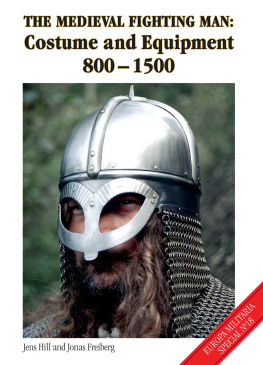Jens Amundsen - Death on Pilot Hill
Here you can read online Jens Amundsen - Death on Pilot Hill full text of the book (entire story) in english for free. Download pdf and epub, get meaning, cover and reviews about this ebook. genre: Detective and thriller. Description of the work, (preface) as well as reviews are available. Best literature library LitArk.com created for fans of good reading and offers a wide selection of genres:
Romance novel
Science fiction
Adventure
Detective
Science
History
Home and family
Prose
Art
Politics
Computer
Non-fiction
Religion
Business
Children
Humor
Choose a favorite category and find really read worthwhile books. Enjoy immersion in the world of imagination, feel the emotions of the characters or learn something new for yourself, make an fascinating discovery.

- Book:Death on Pilot Hill
- Author:
- Genre:
- Rating:3 / 5
- Favourites:Add to favourites
- Your mark:
- 60
- 1
- 2
- 3
- 4
- 5
Death on Pilot Hill: summary, description and annotation
We offer to read an annotation, description, summary or preface (depends on what the author of the book "Death on Pilot Hill" wrote himself). If you haven't found the necessary information about the book — write in the comments, we will try to find it.
Death on Pilot Hill — read online for free the complete book (whole text) full work
Below is the text of the book, divided by pages. System saving the place of the last page read, allows you to conveniently read the book "Death on Pilot Hill" online for free, without having to search again every time where you left off. Put a bookmark, and you can go to the page where you finished reading at any time.
Font size:
Interval:
Bookmark:
Jens Amundsen
Death on Pilot Hill
PART ONE: DEAD END
A man can be destroyed but not defeated.
Ernest HemingwayChapter 1
MORNING OF THE DAY, FRIDAY, JUNE 4
The world promised much to Karl Haugen, a shy 7-year old. He knew a lot for his age. He knew from first-hand experience that the world promised good and evil and that the world delivered good and evil in unexpected and unequal amounts. Life despite its shortness taught him that nothing was what it appeared to be. Thats why he liked to study icebergs.
In the school gymnasium he turned to his school friend Einar Lund and said:
I wanted to do my project on icebergs. . not on red-eye tree frogs.
Icebergs reminded him of people in his life. They appeared to be one thing above the surface but deep below they were quite different if not dangerous. He knew all about icebergs and how one iceberg had ripped open the thick steel hull of the Titanic before sending it and more than 1,500 passengers to a frigid and watery grave. He definitely wanted to do his science fair exhibit on icebergs. After all the floating blocks of ice have always been an important part of the north Atlantic Ocean that his Viking ancestors sailed on for centuries. But his father and stepmother Agnes stopped him.
No. . dont be silly, said his stepmother a month ago when he first proposed a science project on icebergs. Do it on frogs. Everyone in Norway prefers a science fair exhibit on something warm and cute from the tropics.
Icebergs? said his father later that evening. No. Its best to do it on the red-eye frogs that we have recently read about in the newspaper. Theyre real cute. . like Agnes says. Dont forget my boy. . people always like cute living things like frogs and not dead cold things like icebergs.
Karl hated switching from icebergs to frogs. But orders were orders at the Haugen household and now that his science project was done the thin little boy with glasses looked forward to spending most of the summer with his mother and her husband up in Namsos a small town north of Trondheim. Only three more weeks of school remained before school ended for eight weeks of heavenly summer vacations.
Karl. . you made a very good project, said Inga Lund the mother of his friend and classmate Einar.
Thank you Mrs. Lund, he said pleased but not surprised that everyone seemed to like the science project that his father and stepmother had chosen for him.
Mrs. Lund smiled and pulled out her camera. She waved at them so that she could take a picture of him and Einar next to the pictures and drawings and written information that Karl and his stepmother had carefully glued to a tall poster. The poster and dozens of other exhibits rested precariously on a long table. Mrs. Lund aimed the camera and said:
Move a little to the right Karl so we can see the mini-jungle you made in the shoe box. . it looks so real with the trees and the river and the frog! Very good!
Karl Haugen smiled confidently as the flash came on for his picture. He felt happy at how the adult guests (almost 200 of them) had stopped to look at his exhibit and comment favorably on his project. Teachers and fellow schoolmates also reacted well to his red-eye tree frog project at the annual science fair that Grindbakken Skole always held toward the end of each school year. The second-grader wondered how long his happiness would last.
Thank you for coming, shouted the principal at exactly 8:40 AM. Five more minutes! Parents. . family. . and friends. . please say your goodbyes and get ready to leave in five minutes. . we want to begin our first class at nine oclock sharp.
Everyone smiled and laughed and hugged and took pictures that would soon be posted on Facebook and other websites on the Internet. Everyone looked so happy and healthy and prosperous and loved. But the little boy knew that no life is perfect even if it seems to be so.
Chapter 2
AFTER THE SCIENCE FAIR,
FRIDAY JUNE 4 AND SATURDAY JUNE 5
On Friday June 4th at nine in the morning the old man prepared his coffee. He looked out of his living room window and he noticed the white pickup parked for a third time in as many days where his street Orreveien curled into a dead end.
His family had lived for five generations on one of the many hills around Lake Bogstad. As an only child he inherited the large farm from his parents in 1952 when his widowed mother died. At the time the remote wooded hills northwest of Oslo felt like the end of the world.
Holmenkollen was the nearest village and it was as close as he got to a city when he was a child. He and his parents never ventured into Oslo. They only watched the distant city lights at night from their vantage point on the roof of Oslo. The farms around Holmenkollen stand over Oslo at 500 meters (1,640 feet) above sea level. Over the decades the farmers watched with jealousy and fear as the night lights of distant Oslo slowly came closer and closer to them. The forest-clad hills of Holmenkollen were now merely suburbs of Oslo and highly desirable locations in the wealthy Vestre Aker borough of the city as a result of being less than 10 miles from downtown Oslo.
The old man whispered to himself. Why is that strange car parking there?. . Why do I have to be surrounded by all these professional people pretending to be rich people? Engineers. . lawyers. . strange people with too much money and time on their hands. . up to no good.
He deeply regretted his decision to sell large chunks of land to developers who had built luxury homes and condominiums all around his farm. In hindsight his worst decision was selling 40 acres in 1980 to the Norway Medical Association which then built the Soria Moria Hotel and Conference Center in 1983 at the site of the old Voksenkollen Sanatorium for rich people.
The NMAs modern luxury hotel complex was less than a half-mile northeast from his home and hotel guests frequently trespassed on his land and they enraged him whenever they went exploring in the woods that surround his modest cottage. The old man did not like anyone parking on Orreveien because it reminded him that he had sold off most of his inheritance. He was now surrounded by noisy and nosy neighbors and way too much traffic.
Why had the mysterious driver parked the pickup truck for a third time that week on the circle of the dead end street? What was the driver doing there?
Two days ago the driver had stopped at the same spot and let the engine run on idle for more than an hour. Who would waste precious gasoline like that?
What is that idiot doing? he said loudly to himself. Damn nuisance!
Dag Svendsen yelled as if his strong manly voice could magically carry itself over the air to the nearest police station. He always shouted when he realized that he really should have a telephone.
But who could afford a telephone?
He had never owned a telephone or other such luxuries. Never. He did not even own a phone in the 1990s when he and his late wife made a bundle selling off most of the farm. The Svendsens did not even own a car until 1971 and then they only bought a dilapidated 1939 Mercedes Benz sedan.
Of course that was the old Norway. The Norway of Scrimp and Save. The Good Old Days when people sacrificed much to have little. When you worked hard and did not put on airs. But the new Norway was a whole other planet for him. Everything was different nowadays in Norway. And so expensive!
Since 1970 a flood of oil revenues from the North Sea had poured massive wealth into the nation and changed the people forever. Now everyone had too much money and good homes and clothes and vacations and cars and telephones and even the tiny new portable cell phones that supposedly took pictures and searched the Internet just like a computer.
Font size:
Interval:
Bookmark:
Similar books «Death on Pilot Hill»
Look at similar books to Death on Pilot Hill. We have selected literature similar in name and meaning in the hope of providing readers with more options to find new, interesting, not yet read works.
Discussion, reviews of the book Death on Pilot Hill and just readers' own opinions. Leave your comments, write what you think about the work, its meaning or the main characters. Specify what exactly you liked and what you didn't like, and why you think so.






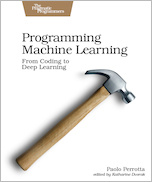
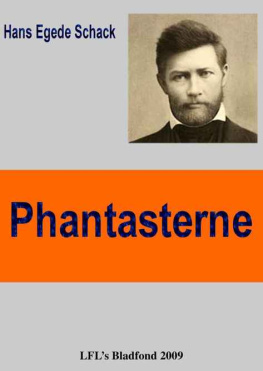
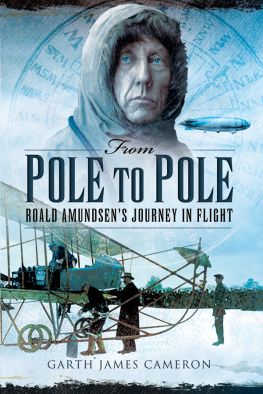
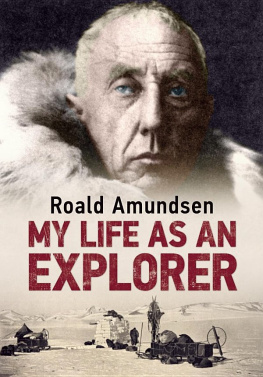

![Jens Gustedt [Jens Gustedt] - Modern C](/uploads/posts/book/146099/thumbs/jens-gustedt-jens-gustedt-modern-c.jpg)
